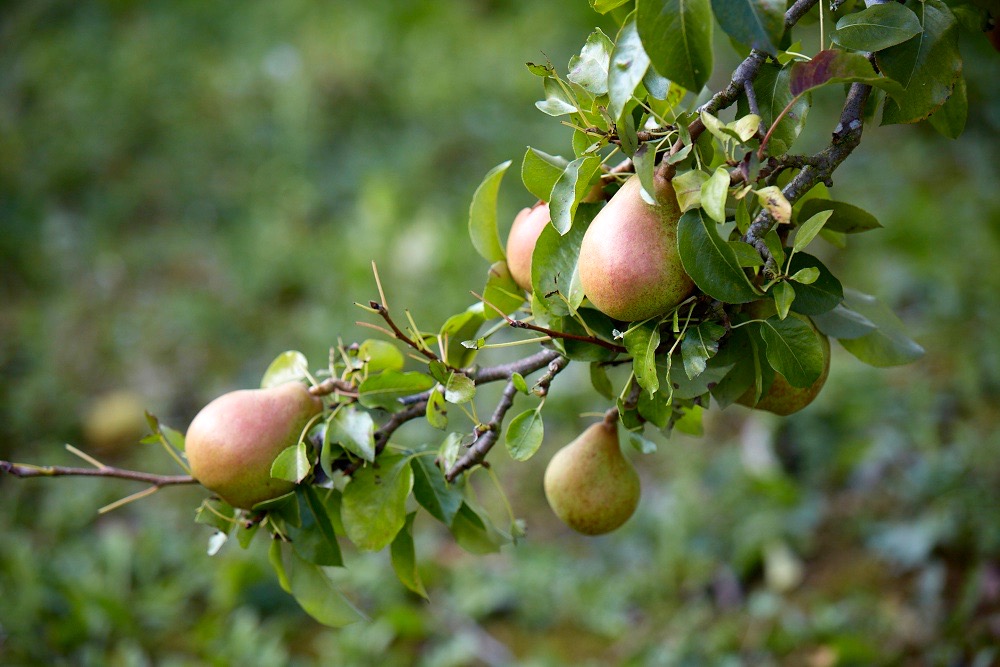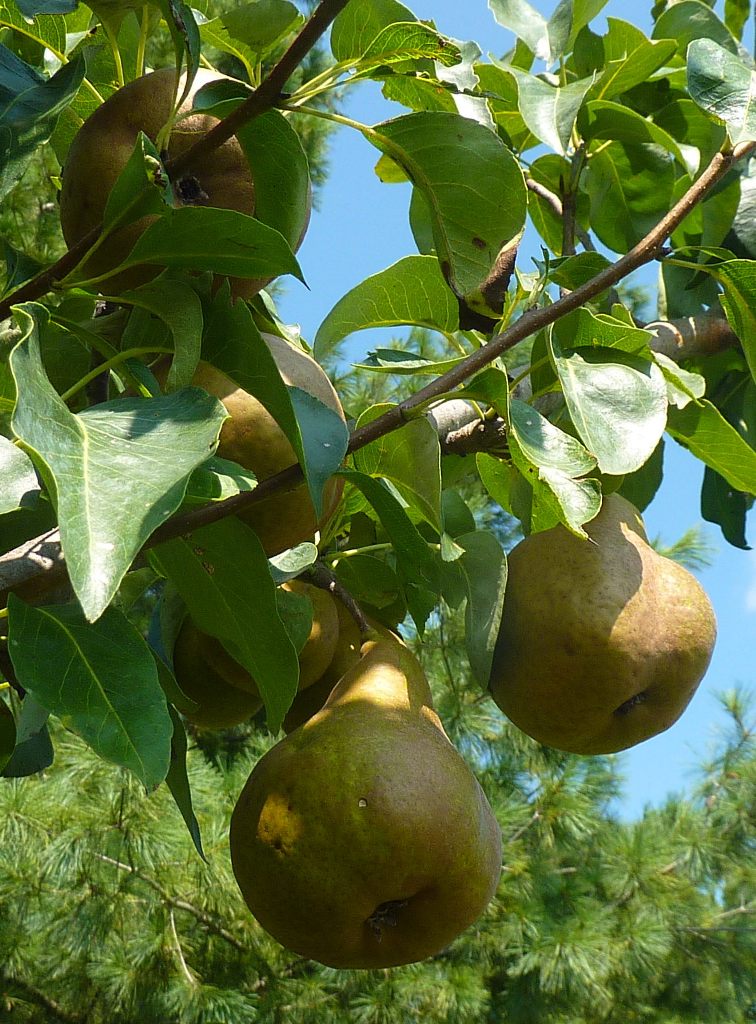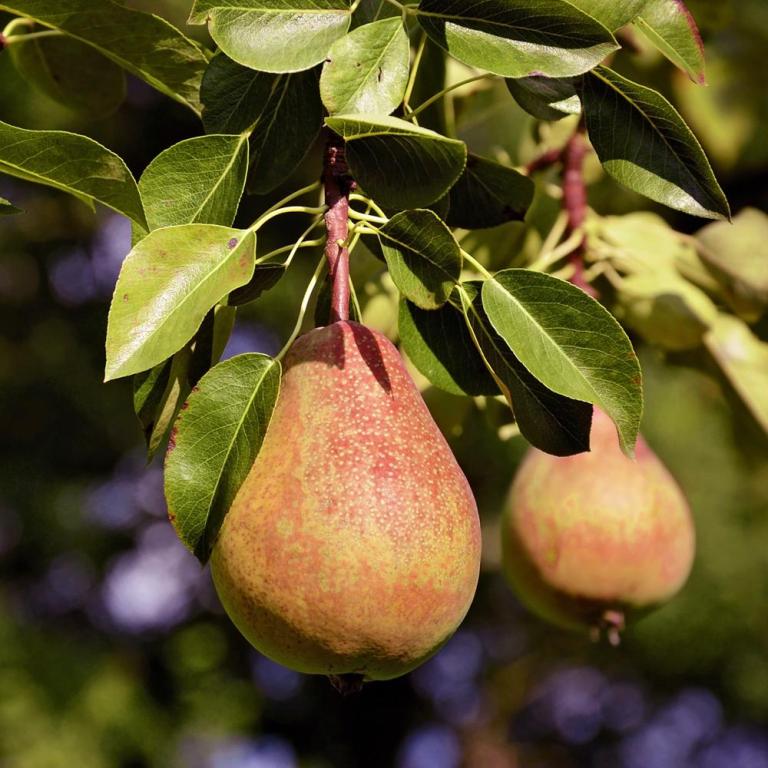How to Grow and Care for Pears Fruit Tree

Who is not excited by pears? They taste lovely, and they have an exciting shape, which makes them look absolutely beautiful. Pear is also another fruit that comes from the family Rosacea, which is also the family of our much-loved rose plant. Just like the peach fruit, pear also has beautiful flowers known as peach blossoms, and they can make your day a whole lot of better. Pear is usually cultivated as trees and is harvested for its juicy and edible fruit. Here is how you can use the pear tree. But first, let’s get to the basics.
Features of A Pear Tree

The pear trees are typically medium-sized, which can grow up to a height of 10 – 17 meters. While some species of the tree are shrubby, most times, the trees are tall and long with a narrow crown on the top. Pear used to be grown mostly in the coastal and temperate regions only, throughout Western Europe, eastern North Africa as well as Asia.
While the flowers are intricately beautiful, the leaves are small and simple in structure and are arranged alternately. In some species, the leaves may be glossy, while in others, it may be covered with hairs. Similarly, most pear trees are deciduous except for some species in South East Asia, which are evergreen. The leaves usually have a broad oval shape, while the flowers can be about 2-4 centimeters in diameter. Each flower usually has about five petals and five sepals and bloom either in white or a tinted yellow/ pink shade. The receptacle of the fruit is dilated, and it is inside the cellular flesh that the actual fruit is contained. The flower also has many stamens along with the sepals and petals. Just like apples, pears also have a pome shape, and sometimes they look so similar that you may confuse one for the other.
Health Benefits of Pears
Pear has many important health benefits which are as follows:
- One pear consists of about 100 calories. Pears are packed with all the important nutrients.
- They provide an adequate fiber requirement that needs to be met by an adult male and female.
- Pears contain both soluble and insoluble fiber, and therefore they improve the gut health of a person.
- A study found out that regular consumption of pears was able to reduce cardiovascular diseases.
- Pears contain anthocyanin and cinnamic acid, both of which have noncancer properties, and therefore pears may be equipped to fight cancer also.
- Pears have been linked to reducing the risk of diabetes.
- They also help you lose weight and can help to improve your overall heart health.
How To Grow Pears Tree

They can be grown on different types of soil, such as sandy loam soil as well as clay loam soil. Make sure the soil is well-drained and fertile and has a pH level of not more than 8.7. Plants need to spaced at a distance of 8 x 4 meters, and it is important that before you plant, the soil should be cleared of any remains of the previous plants. The best time to plant is late winter or early spring.
When young, the plant needs to be watered well until it develops a well-established root system. The plants usually require full sun while growing. Sufficient air circulation is also required. In terms of fertilizing, a small amount is required when the tree is first planted. In the later years, fertilizer can be added in the following ratio: 1/8 pound of ammonium nitrate per tree multiplied by the number of years of the tree since it was set in fertile soil. Make sure to use less fertilizer if your soil is too fertile. Make sure not to use too much nitrogen also.
Common pests and diseases related to pear trees are – aphids, fire blight, mites, pear psylla, etc.
Yes, if the seeds germinate within three months of planting, then you can successfully grow the tree from seeds itself.
A standard period for the tree to bear fruits is about 3 years after planting. But this is only the case of firstfruits, and for the full crop, it may take more than 5 years.
There are many misconceptions about pear seeds being poisonous. This is because of the seeds a glycoside known as amygdalin, which releases cyanide. But, it only becomes poisonous if you were to eat a huge amount of seeds, which is very unlikely.





